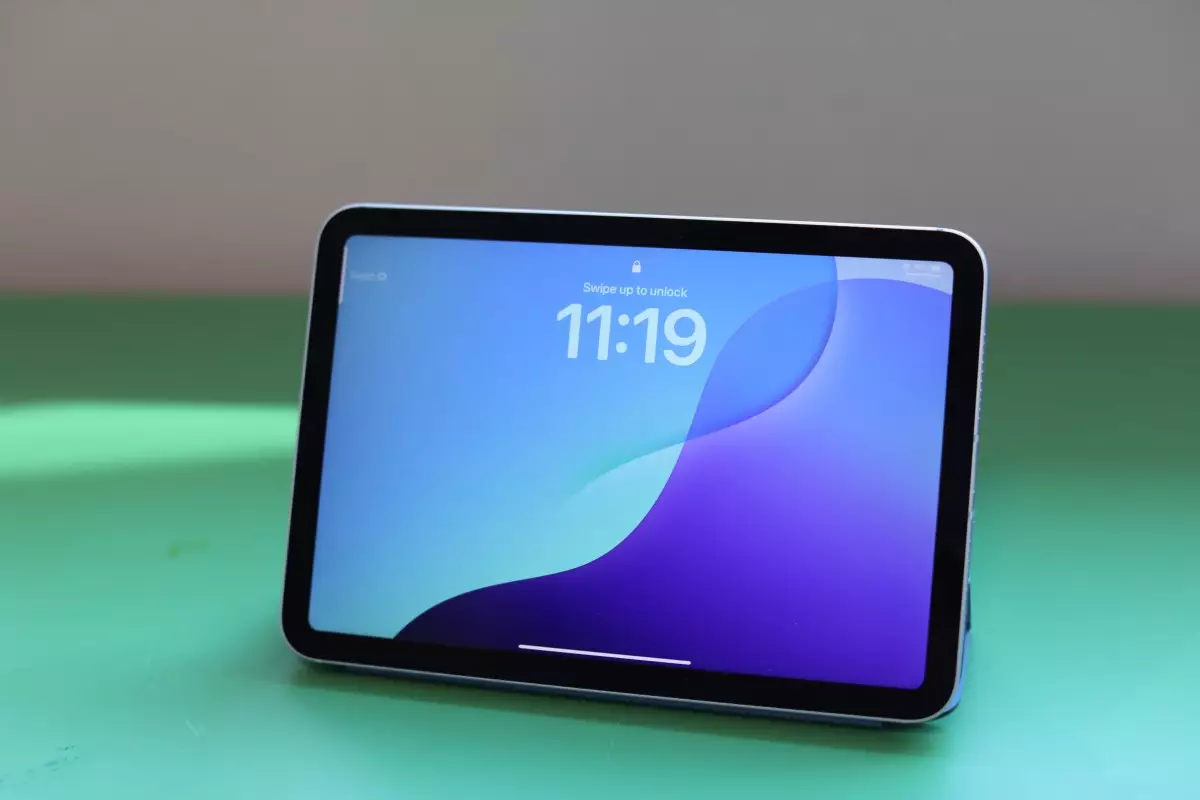Apple’s relationship with the iPad has undergone various transformations over the years. Once hailed as a groundbreaking device, the tablet found itself sidelined as Apple concentrated its efforts on burgeoning sectors like wearables and mixed reality. However, with the introduction of new technologies, particularly within the realm of Apple’s silicon chipset, the iPad seems to have regained its former significance, especially evident with the recent product announcements.
In recent years, the iPad’s prominence waned as the company shifted its focus to the iPhone and Mac lines. Yet, just as the Mac experienced a renaissance with the release of Apple Silicon processors, the iPad is poised for its revival. The April event showcased the arrival of the M4 chip on the iPad Pro series—marking a strategic shift in the iPad’s positioning within Apple’s ecosystem. This was a significant milestone since it signaled that Apple is no longer viewing the iPad merely as a secondary device, but rather as a robust extension of its computing line, akin to the Mac.
Moreover, the introduction of the M2 chip to the iPad Air in the same event indicates that Apple’s commitment to elevating its tablet lineup extends beyond just the Pro models. Such decisions highlight a strategic pivot, with Apple emphasizing performance capabilities alongside portability.
Perhaps the most intriguing announcement was the upgrade of the iPad Mini, which had not seen an update since 2021. Instead of the anticipated M-series chip, Apple equipped the Mini with the A17 Pro chip—previously reserved for the latest iPhones. This decision allows the Mini to surpass the standard iPad in terms of performance, ushering in a new era of powerful compact tablets. Now, the iPad Mini’s pricing finds itself positioned between Apple’s offerings, with the Mini available at $499 and the base iPad starting at $349. The premium attached to the Mini is justified when considering its performance and screen resolution capabilities.
The Mini boasts a resolution of 2,266 x 1,488 pixels compared to the standard iPad’s 2,360 x 1,640, leading to a vastly improved pixel density of 326 ppi against the base iPad’s 264 ppi. This shift toward higher pixel density is crucial as it directly impacts how users interact with the device—income details become sharper and clearer, enhancing the experience for content consumption and productivity alike.
Now, the iPad Mini exists in a peculiar space—significantly more capable than the basic model while offering a compact design that is easier to handle than larger tablets. Its dimensions make it an attractive option for various use cases, including note-taking and digital illustration, particularly when paired with the Apple Pencil. While the Mini tempted users with its array of features, potential buyers must evaluate their true needs—especially when comparing it to the larger iPads.
In the realm of entertainment, the Mini excels due to its larger display but is often eclipsed by the Pro and Air models that offer more expansive screens and advanced features. Despite the appeal of portability, users heavily invested in media consumption may find the differences in screen size a deciding factor.
What sets the iPad Mini apart is its notable application in educational settings. Its lightweight design and compatibility with the Apple Pencil make it a prime device for students, especially considering Apple’s recent integration of generative AI technologies. The potential of the A17 Pro chip to run advanced applications is a game-changer, equipping students with tools to draft essays and perform calculations seamlessly. The intimate size means it’s easily portable for on-the-go lecture notes or study guides, enhancing its usability in class environments.
On the flip side, while it does capture the imagination of students, the Mini may not fully replace traditional e-readers for those primarily reading e-books and research materials. Dedicated e-readers often provide better long-term battery life and eye comfort.
As the iPad Mini garners attention, it raises important questions about tablet usage in today’s tech-dominated landscape. While it offers compelling features and integrations, prospective buyers must assess whether these advantages meet their needs or if they would benefit more from an iPhone or a larger iPad. The Mini’s blend of portability and performance, along with the latest technological advancements like Apple Intelligence, positions it as an enticing option. However, the decision ultimately rests on personal usage scenarios and whether this compact tablet can deliver enough value to justify its price tag.
The iPad, particularly with the Mini’s recent enhancements, is pushing back into relevance. Apple’s strategic moves to incorporate high-performance chips and innovative capabilities suggest that the iPad lineup might be set for a promising future, stirring excitement among existing and potential users alike. As consumers navigate the evolving tablet landscape, the iPad Mini could claim its rightful place in many hands, ultimately redefining how we interact with technology in everyday life.

